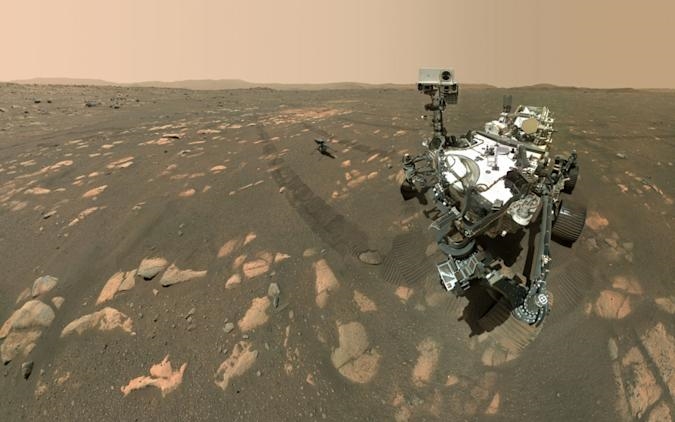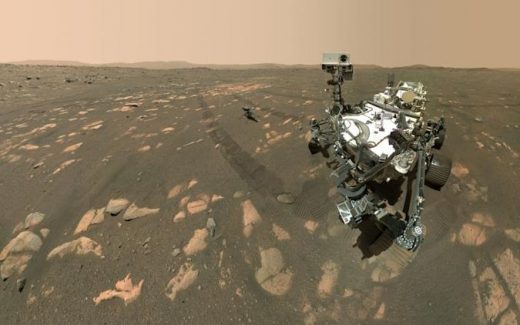NASA’s Perseverance rover fails to collect its first Mars rock sample
NASA’s Perseverance rover shot 62 images for its iconic selfie with Ingenuity
TIL it takes a lot of work for a robot to take a photo of itself.


Back in April, NASA’s Ingenuity rover captured the imagination of the world when it sent back an epic selfie it took with Ingenuity on the surface of Mars. It turns out, capturing that photo wasn’t so easy as Perseverance posing, taking a single photo and calling it a day. According to a new video NASA released on Friday, what we got to see here on Earth was the result of 62 separate images the agency stitched together.
The way NASA tells it, the process was complicated and time-consuming. It involved about a dozen experts, including a variety of engineers, to pull everything off, and about a week to plot all the commands they had to send to Perseverance to make the final shot happen. The reason it took 62 images to produce the final photo was because NASA used Perseverance’s WATSON camera for the composition. The instrument was primarily designed to take close-up images of rocks, not expansive wide-angle shots. Since WATSON is mounted to Perseverance’s robotic arm, NASA also had to take care the appendage didn’t bump into the rover while positioning the camera.
To that end, NASA engineers developed software that allowed them to simulate each arm movement so that they could get it as close to the rover as possible without damaging it. They also ran simulations to figure out how to position Ingenuity in the composition. “The thing that took the most attention was getting Ingenuity into the right place in the selfie,” said Mike Ravine of Malin Space Science System (MSSS), which built the camera NASA used to capture the selfie. “Given how small it is, I thought we did a pretty good job.”
Once NASA had all the images it needed for the selfie, MSSS engineers went about cleaning up each individual one to remove any blemishes left by dust that had settled on WATSON’s light detector. They then stitched them together into a mosaic before cropping and warping that image into the one we all know and love today.
(14)


